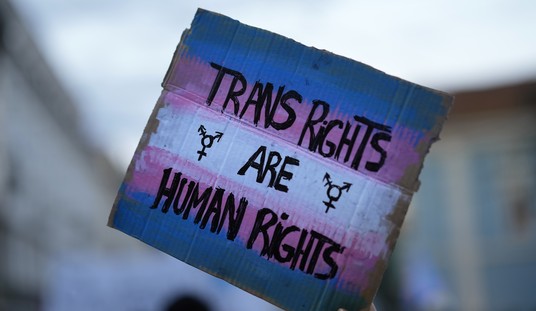It’s safe to say that tensions in this country are at an all-time high. The entire 2016 campaign was like a runaway train speeding down a hill, picking up steam, and barreling toward some disastrous finish.
Now that we’re on this side of the election, things aren’t much better. We’ve had seemingly endless protests and marches, and some have turned into rioting and looting. Resist, you nasty women!
Much worse than that, we witnessed the shooting of GOP Congressman Stephen Scalise, who is still in the hospital recovering from what was none other than politically-fueled hatred. Our prayers are for his quick and full recovery.
What constitutes actual violence is patently obvious. To hurt another person physically, you must cross a very clear line.
Or, if you’re The New York Times, speech also equals actual violence.
Certain types of adversity, even those involving no physical contact, can make you sick, alter your brain – even kill neurons – and shorten your life.
Your body also contains little packets of genetic material that sit on the ends of your chromosomes. They’re called telomeres. Each time your cells divide, their telomeres get a little shorter, and when they become too short, you die. This is normal aging. But guess what else shrinks your telomeres? Chronic stress.
If words can cause stress, and if prolonged stress can cause physical harm, then it seems that speech — at least certain types of speech — can be a form of violence.
This idea — that there is often no difference between speech and violence — has stuck many as a coddling or infantilizing of students, as well as a corrosive influence on the freedom of expression necessary for intellectual progress.
Sounds like someone needs a safe space.
Just those excerpts alone are enough to cause some massive eye rolls. But the author, Lisa Feldman Barrett, merrily skipped down the lane into more absurdity.
That’s why it’s reasonable, scientifically speaking, not to allow a provocateur and hatemonger like Milo Yiannopoulos to speak at your school. He is part of something noxious, a campaign of abuse. There is nothing to be gained from debating him, for debate is not what he is offering.
For the record, let me state that I absolutely cannot stand Milo Yiannopoulos. He is everything that’s wrong with the flashy, celebrity, hateful, juvenile, feelings-first, win-at-all-costs wing of the Right. Call them alt-right if you want. Whatever their name, they are a cancer to the GOP, which has enough issues already. As a conservative, I can’t stand the putrid smell of their haphazard ideology.
But let me also state, for the record, that Milo’s speech itself is not violence. It’s just not. What is violence? Oh, I don’t know, the reaction to his speech with actual violence from the coddled kids at Berkeley. Remembers the riots and fires?
Ms. Barrett concludes with the following:
By all means, we should have open conversations and vigorous debate about controversial or offensive topics. But we must also halt speech that bullies and torments. From the perspective of our brain cells, the latter is literally a form of violence.
Essentially, a swing and a miss. She was so close with that first sentence. Of course we should have open conversations about uncomfortable topics. We should never excuse hatred. But freedom of speech covers that which I like just as much as that which I abhor.
I don’t see The New York Times gripping that reality anytime soon, especially in the Era of Trump. While I may not appreciate the antics or even language from him and his followers, the tendency now is to claim it’s all offensive. And according to the NYT, offense is dangerously close to – or actually is – violence.
Stick and stones, or something.













Join the conversation as a VIP Member